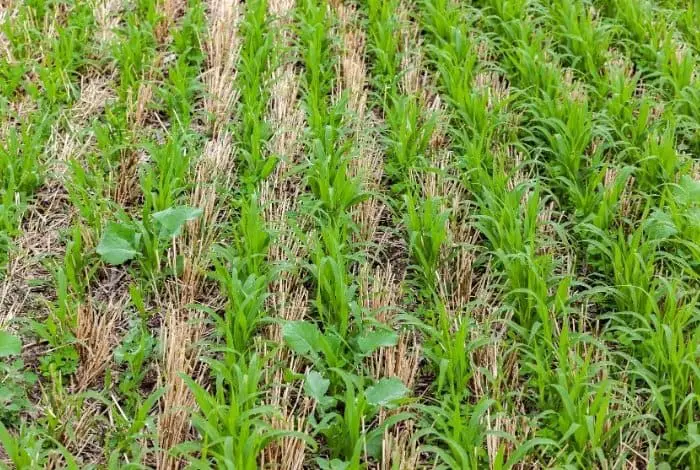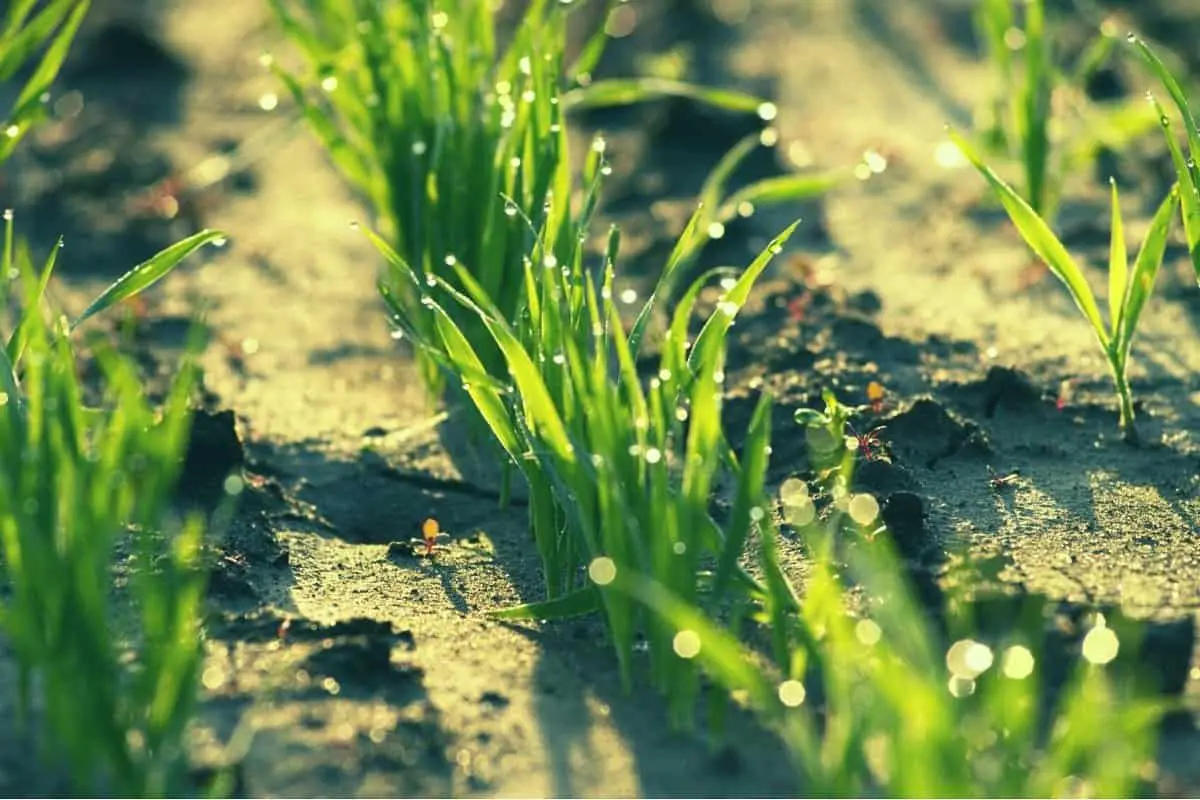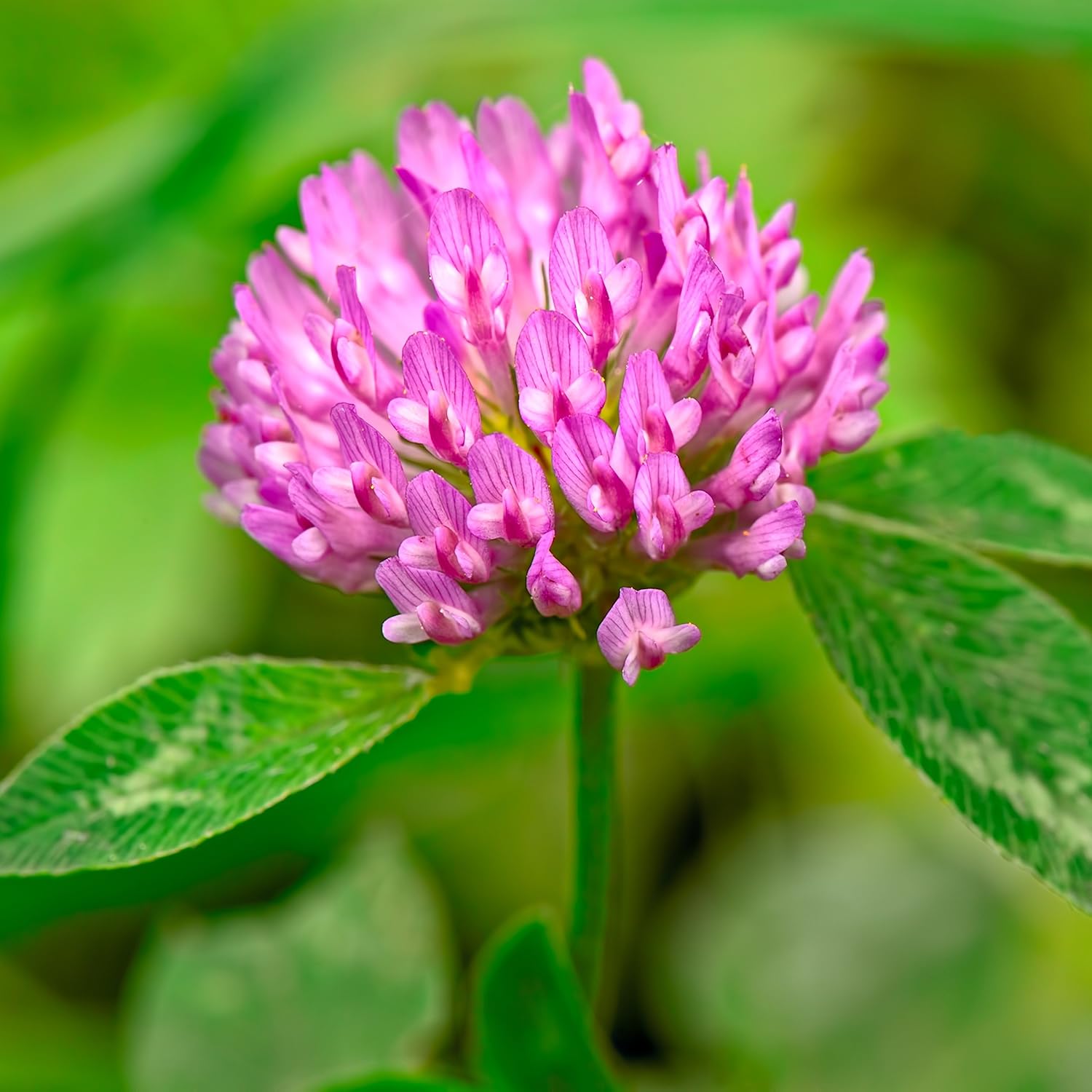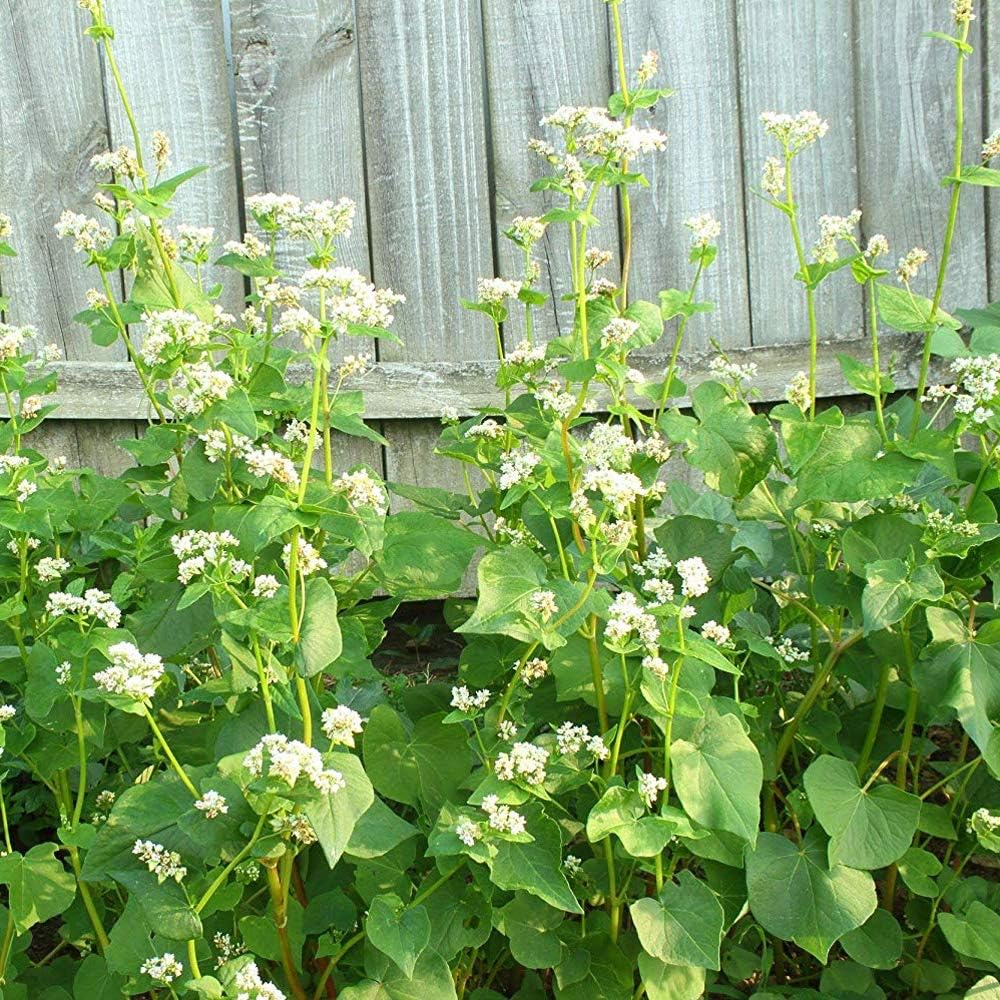Last Updated on March 20, 2022 by Griselda M.
The soil type in your area may contain more clay. Therefore, you might be wondering what type of cover crop will be suitable for your clay soil. Read on for some quick tips.
Cover crops are basically grown for the advantages of the soil rather than crop production. The cover crop is a stepping stone for prospective growing plants. They serve some good purposes such as protecting your uncultivated land from erosion and weeds. They can also improve soil nutrients and structure.
Cover Crops
Cover crops protect your bare soil. The idea behind the cover crop is planting on your garden during the offseason. Cover crop prepares the soil and breaks up the compaction of clay soil and it helps maximize your soil fertility.
When cover crops are tilled back into the soil, it enhances the organic composition of the soil.

The Best Cover Crops for Clay Soil Improvement
Clay soils are heavy and difficult to work with as it does not allow water to pass through easily.
The easiest way to working with clay soil is to combine it with organic materials. The key to going about this is to start with making use of cover crops to enhance clay soil and add organic matter afterward.
There are different types of plants used for cover crops. The best and most commonly used are the legumes and grasses, cereals included. Also, some other good varieties are the brassicas: mustard, rape, and forage radish as well as buckwheat.
The best cover crops for clay soil include buckwheat, clover, alfalfa, fava beans, and winter wheat.
1. Clover
Clover acts as a living mulch and one of the best is white clover. Clover is a legume and it helps absorbs nitrogen from the atmosphere and fix it into the soil. The clover has an extensive root system that helps breaks up soil compaction of clay soil.
Additionally, clover acts as a ground covering and also maintain good soil nutrient. Clover acts as weed suppression and serves as protection against adverse conditions.
2. Buckwheat
Buckwheat grain is one of the best cover crops to grow for clay soil. It grows rapidly and provides an excellent turnover for green manure. It is also a good method of weed suppression. It is easy to terminate with no re-growth and it supplies good mulch.
3. Alfalfa
Alfalfas are good cover crops with a deep taproot system. Alfalfa breaks up compaction of clay soil and it also helps reduce erosion and build organic materials. They also provide good forage.
4. Winter Wheat
Winter wheat is grown as cash grain and it is good to cover crops for clay soil. It has a good root system and it increases topsoil tilth.
Read more about Top 10 Vegetables That Grow Well In Clay Soil
Fixing Clay Soil with Cover Crops
Fixing clay soil with cover crops means you are preparing your garden soil for future planting. The best time to plant your cover crop is anywhere around 15 to 45 days till your first frost.
After choosing the type of cover crop and planting, till the bottom right before they seed. The tilled soil bulkiness will loosen the clay soil. It will also fix nitrogen which will improve your garden plants afterward.
FAQs
Will cover crops help clay soil?
Firstly, cover crops can prevent erosion and soil erosion. Secondly, they can significantly improve air quality and provide better ecosystem services by creating habitats for beneficial insects such as ground beetles. Thirdly, cover crops can serve as a source of food for wildlife during the winter months. Lastly, they also help to improve water quality by improving water infiltration into the soil.
What is the fastest growing cover crop?
The fastest-growing cover crop is annual ryegrass. It was introduced in Canada in 1970, but has since spread across North America and has become a common part of cropping systems.
What is a good summer cover crop?
The best summer cover crops are legumes like peas, beans, lentils and clover. These plants can benefit the soil by fixing nitrogen in the soil so it doesn't get washed away by rain. Depending on your climate, you may also want to plant vegetables like tomatoes in between crops to provide shade and prevent sun-scorched plants from withering.
How do you improve clay soil for farming?
Clay soil is very fertile, but it is also very susceptible to erosion. Improving clay soil for farming involves adding organic material to the topsoil.
Adding organic material can help increase the water holding capacity of clay soils, which makes them better suited for farming. Soils with good nutrient levels are able to hold more water than those with poor nutrient levels. This is because they have higher concentrations of minerals and other nutrients which allow them to bind together and hold onto the water better than soils with lower nutrient levels can.
Why is clay soil not good for farming?
Clay soil is not so good for farming because it hinders the absorption of nutrients into the roots of plants. Clay soil can lead to a decrease in crop yields and a significant reduction in crop quality. Clay particles tend to hold water and this leads to a lack of oxygen and prevents roots from reaching out deeper into the ground. This results in less nutrient uptake by plants leading to poor growth and low crop yield.
Why basic clay is not suitable for most plants?
Basic clay is not suitable for most plants because it doesn't have any beneficial nutrients, retains water well, and can be used as a natural weed barrier.
The availability of basic clay is the main reason why many people use it as a soil amendment. However, basic clay does not contain any plant nutrients so it cannot be used as a potting mix or garden soil.
Basic clay will soak up water and keep it from evaporating due to its large surface area. This makes it a good choice for a natural weed barrier but can cause problems if you don't want to grow anything in the same spot again.
Can you plant seed in clay soil?
The answer to this question is a definitive no. Clay soil has a texture that is too fine and sticky for seeds to take root.
The best way to plant a seed in clay soil is to create a drill hole with an implement such as a trowel or hoe. Then you can place your seed inside the hole and cover it with dirt.

Eunice is a gardener who loves to play in the dirt. She starts her day early in the morning, watering her plants and tending to her garden. She loves the smell of freshly cut grass and the feeling of sunshine on her back as she works. She‘s a master at creating beautiful flower arrangements and can often be found humming a tune as she tends to her plants. When she‘s not gardening, she loves to read books about nature and share her knowledge with others. Eunice loves gardening so much that she‘s even been known to talk to her plants!






